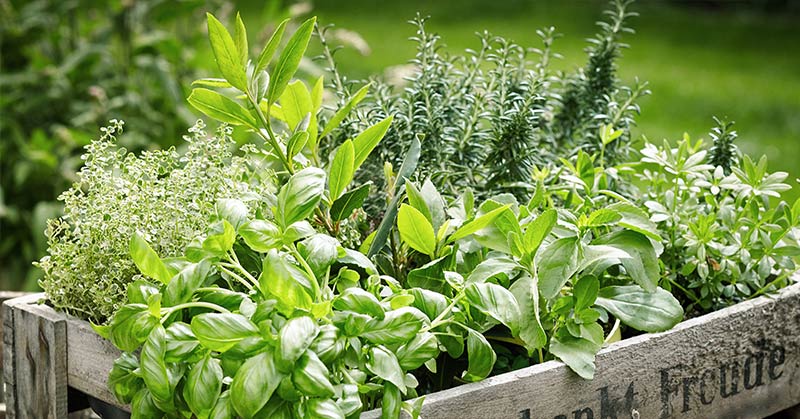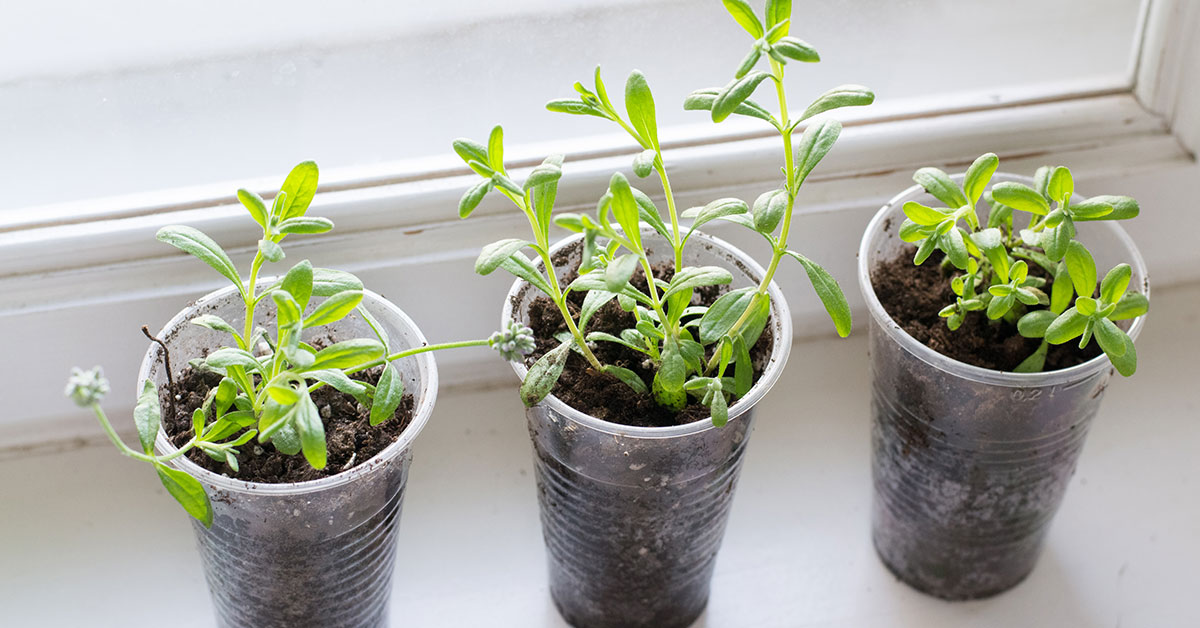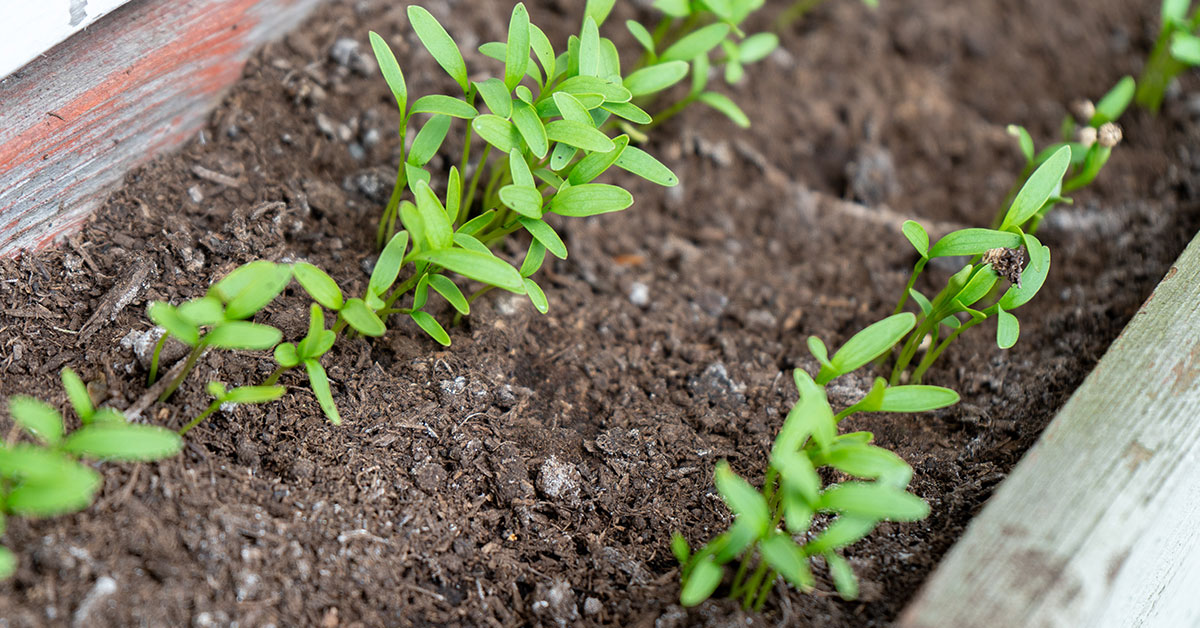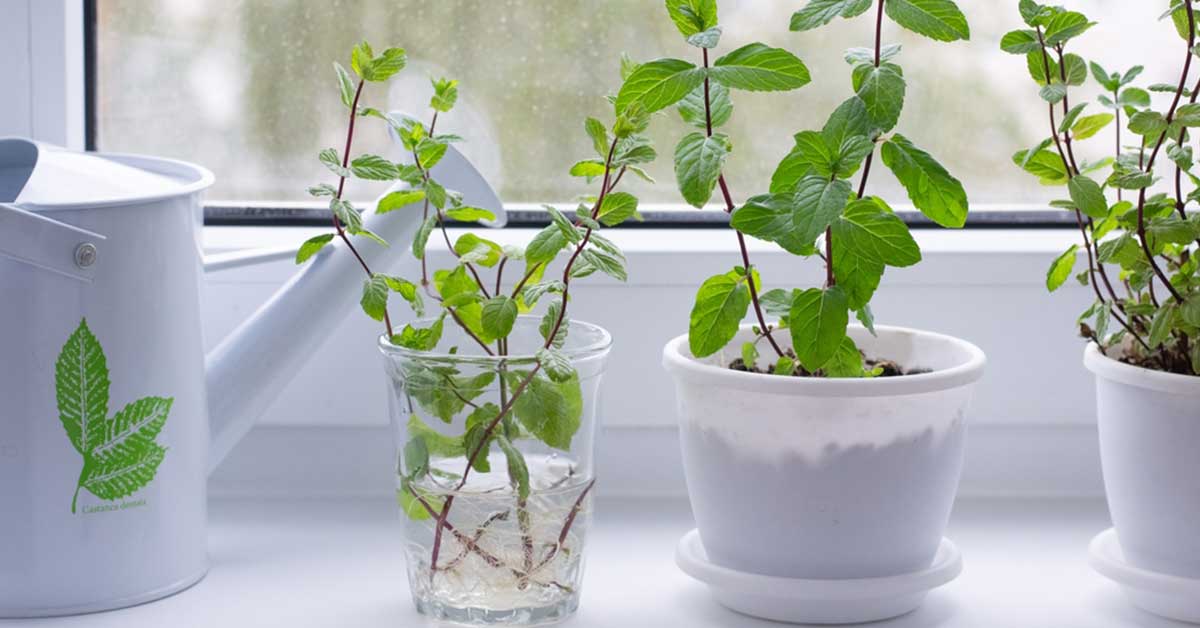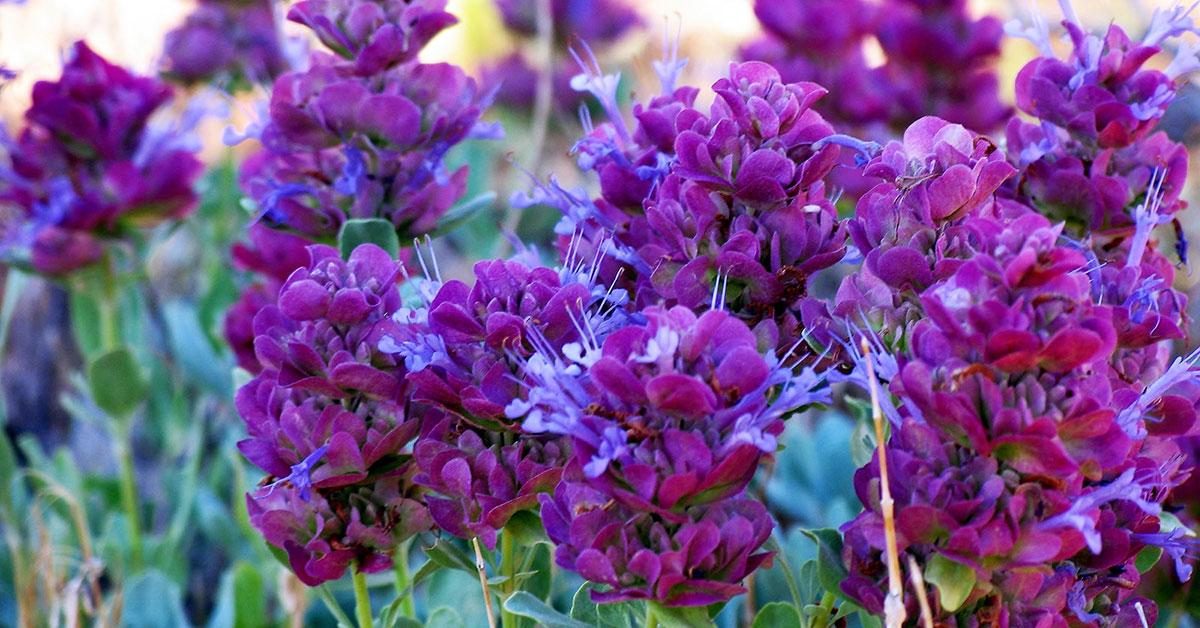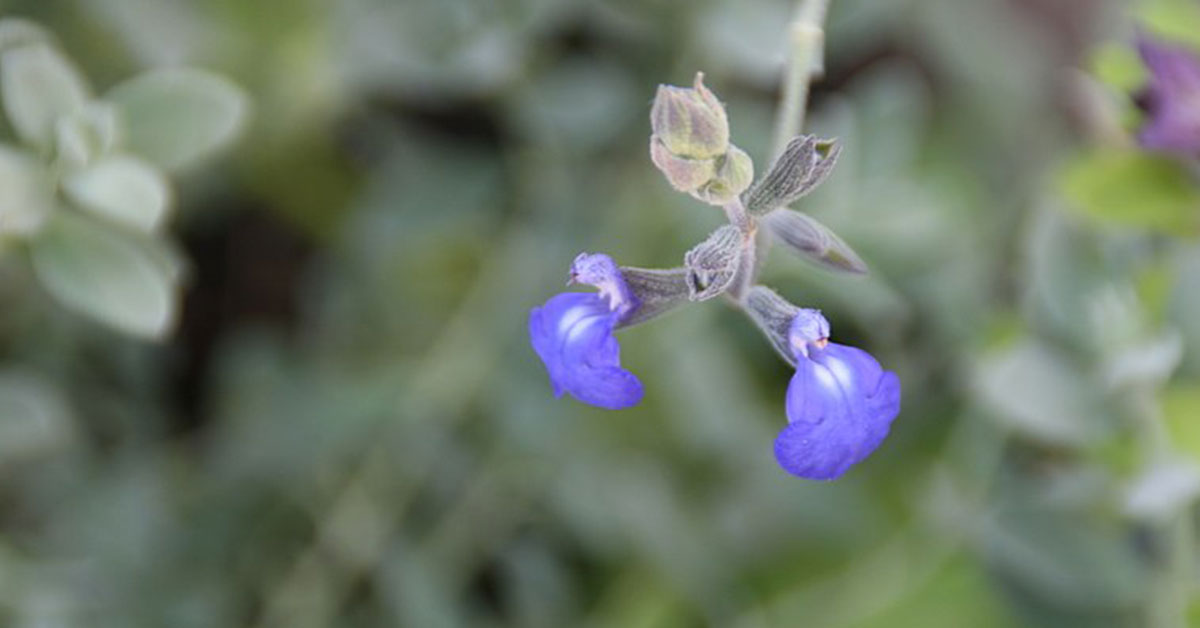Growing perennial herbs in Zone 10 offers an exciting opportunity to cultivate a diverse and vibrant herb garden that can thrive in the warm and favorable conditions of this climate. With a wide range of options to choose from, such as aromatic rosemary, versatile mint, and fragrant lavender, gardeners in Zone 10 can enjoy a year-round supply of fresh herbs that add flavor, fragrance, and beauty to their culinary creations and outdoor spaces.
Whether planted in the ground or in containers, these perennial herbs can bring joy, culinary delight, and a touch of nature to gardens, balconies, and patios in Zone 10.
Grow these 24 perennial herbs in zone 10!
- Chives (Allium schoenoprasum): These hardy plants produce edible leaves and flowers with a mild onion flavor.
- Thyme (Thymus spp.): A low-growing, aromatic herb available in many varieties, thyme is often used in cooking and as a ground cover.
- Sage (Salvia officinalis): This herb produces aromatic leaves that are often used in cooking, especially in poultry and meat dishes.
- Oregano (Origanum vulgare): A popular herb in Italian and Mediterranean cuisine, oregano is known for its flavorful leaves.
- Mint (Mentha spp.): Mint is a fast-growing, aromatic herb that can be used for teas, cooking, and garnishes. Be mindful of its invasive nature, and consider planting it in containers.
- Lavender (Lavandula spp.): Known for its beautiful flowers and calming scent, lavender thrives in well-drained soil and full sun.
- Lemon Balm (Melissa officinalis): This member of the mint family has a lemony scent and can be used in teas, salads, and other dishes.
- Yarrow (Achillea millefolium): A hardy perennial with feathery leaves and small, clustered flowers, yarrow has a variety of medicinal uses.
- Echinacea (Echinacea spp.): Also known as coneflower, echinacea is a popular medicinal herb used to boost the immune system.
- Comfrey (Symphytum officinale): With its large leaves and bell-shaped flowers, comfrey is often grown as an ornamental plant, but it also has various medicinal and composting applications.
- Bee balm (Monarda didyma): Bee balm flourishes in zone 10 as a perennial herb, attracting pollinators with its vibrant blooms while providing both ornamental value and medicinal benefits to the garden.
- Anise hyssop (Agastache foeniculum): Anise hyssop thrives in zone 10 as a perennial herb, producing beautiful purple flowers that attract pollinators while offering a delightful licorice-like flavor for culinary and medicinal purposes.
- Fennel (Foeniculum vulgare): In zone 10, fennel can be grown as a perennial herb with proper care, providing a striking architectural presence in the garden and a unique anise-like flavor for culinary use.
- Catnip (Nepeta cataria): Catnip is a perennial herb that can tolerate the cold temperatures of zone 10.
- Anise hyssop (Agastache foeniculum): Anise hyssop thrives in zone 10 as a perennial herb, producing beautiful purple flowers that attract pollinators while offering a delightful licorice-like flavor for culinary and medicinal purposes.
- Sorrel (Rumex acetosa): A cold-hardy perennial herb, sorrel can grow successfully in zone 10.
- Tarragon (Artemisia dracunculus): Both French and Russian tarragon can grow as perennials in zone 10, with Russian tarragon being more cold-hardy.
- Rosemary (Rosmarinus officinalis): This woody, evergreen herb has needle-like leaves and a distinctive aroma. It’s commonly used in cooking and as an ornamental plant.
- Bay Laurel (Laurus nobilis): An evergreen shrub with glossy, aromatic leaves, bay laurel is often used in cooking to flavor soups, stews, and sauces.
- Cuban Oregano (Plectranthus amboinicus): A resilient perennial herb, thrives in Zone 10, releasing a strong and aromatic oregano-like flavor that enhances various dishes, while its succulent leaves and easy-to-grow nature make it a popular choice for gardeners.
- Stevia (Stevia rebaudiana): can be successfully grown in Zone 10, providing a natural sweetener option with its leaves that are much sweeter than sugar, making it a fantastic addition to any garden or culinary endeavor.
- Pineapple sage (Salvia elegans): An excellent perennial herb to grow in zone 10, offering vibrant red flowers and a delightful pineapple fragrance that attracts pollinators to the garden.
- Lemongrass (Cymbopogon spp.): A tropical perennial herb that thrives in Zone 10, requiring full sun, well-drained soil, and regular watering to flourish and can add a delightful citrusy flavor to culinary dishes.
- Marjoram (Origanum majorana): A perennial herb that thrives in Zone 10, enjoying full sun and well-drained soil, making it an excellent addition to herb gardens or container plantings in this climate.
Tips for growing herbs in zone 10
Knowing how to grow herbs specifically for Zone 10 is crucial for gardeners in this region because it allows them to harness the full potential of their climate and create thriving herb gardens. Here are some tips for successfully growing herbs in Zone 10:
- Choose the Right Herbs: Select herbs that are well-suited to Zone 10’s warm climate. Examples include rosemary, mint, lemongrass, oregano, and thyme.
- Sunlight and Soil: Most herbs thrive in full sun, so ensure they receive at least 6 hours of direct sunlight each day. Use well-draining soil enriched with organic matter to promote healthy root development.
- Watering: Provide consistent watering, keeping the soil evenly moist but not waterlogged. Adjust watering frequency based on weather conditions and the specific needs of each herb.
- Mulching: Apply a layer of organic mulch around your herbs to help conserve moisture, suppress weeds, and regulate soil temperature.
- Pruning and Harvesting: Regularly prune your herbs to encourage bushier growth and prevent legginess. Harvest leaves and stems regularly to promote continuous growth and enjoy fresh flavors in your cooking.
- Container Gardening: If space is limited or you prefer the flexibility of movable plants, grow herbs in containers. Choose containers with drainage holes and use a well-draining potting mix.
- Fertilization: Use a balanced organic fertilizer or compost once or twice a season to provide essential nutrients to your herbs.
- Pest Management: Monitor your herbs for common pests like aphids or mites. Use organic pest control methods or companion planting techniques to deter pests.
- Protection from Extreme Heat: Shield delicate herbs from excessive heat or intense sunlight by providing partial shade during the hottest part of the day or using shade cloth.
- Winter Care: While Zone 10 usually experiences mild winters, some herbs may benefit from protection during occasional cold snaps. Cover plants or move potted herbs indoors if freezing temperatures are expected.
Remember to consult local gardening resources, nurseries, or extension offices for region-specific advice and recommendations based on your specific location within Zone 10.




